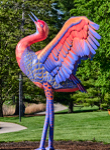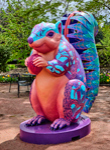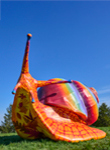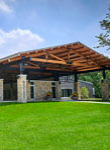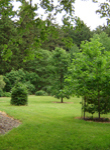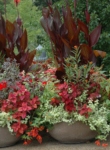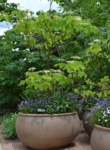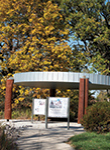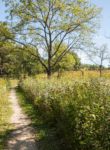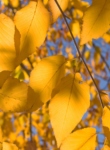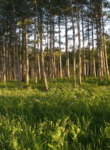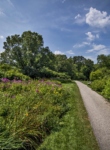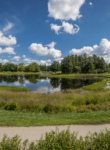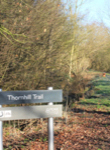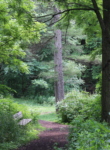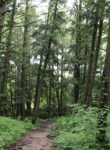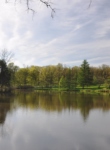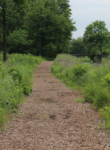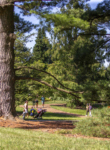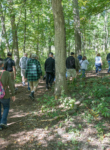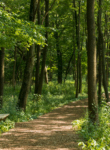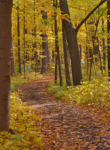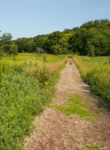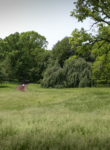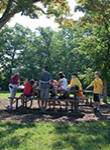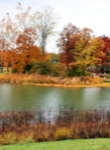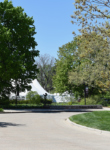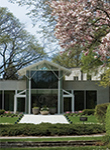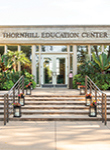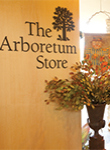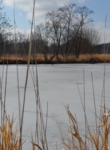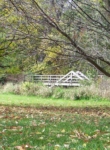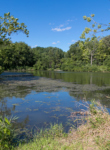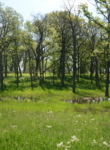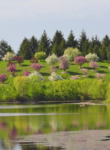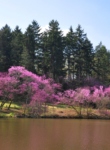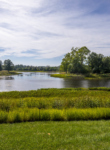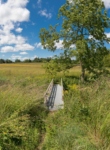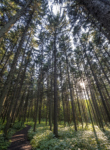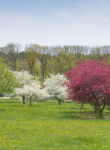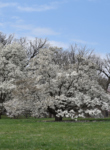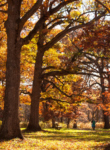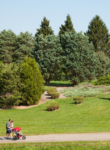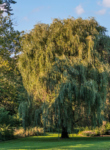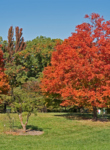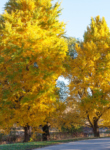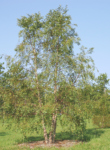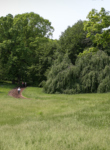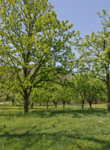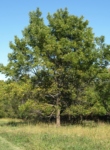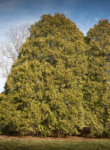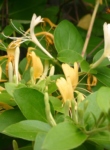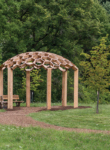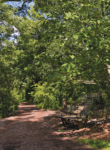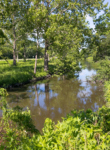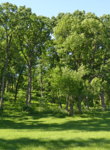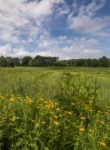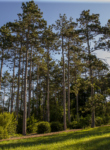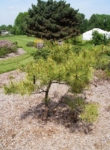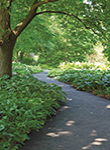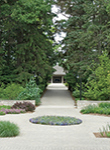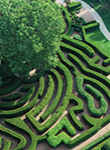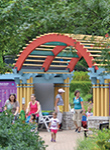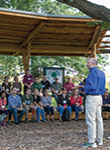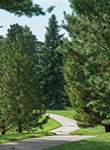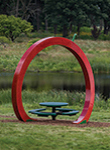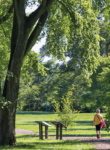White mulberry is an invasive plant. An invasive plant is a plant species that is non-native to the location being considered and whose presence and spread negatively impacts (or is likely to impact) ecological, economic, or human health. T
This plant spreads by seed. It commonly grows in a wide range of soils and environments, including vacant lots, the edges of woodlands, and disturbed sites. White mulberry is native to Asia, but was introduced to the United States as a food source for silkworms. It is now found throughout much of the United States. Animals and birds eat the fruit and disperse the seeds. Due to excessive seeding, white mulberry is able to shade out and compete with native plants. This reduces species diversity and alters habitat. Data collected at The Morton Arboretum show that this tree is invasive on the Arboretum grounds.
There are a number of native and non-native species that could be used in place of white mulberry. More desirable species may be found using the Search Trees and Plants page of the Arboretum website. Before purchasing or planting, be sure to check for any local or state guidelines on these species, and make sure that the plant is suitable for its habitat by checking its attributes at mortonarb.org or plants.usda.gov.
- Family (English) Mulberry
- Family (botanic) Moraceae
- Planting site City parkway, Residential and parks, Restricted sites, Wide median
- Tree or plant type Tree
- Foliage Deciduous (seasonally loses leaves)
- Native locale Non-native
- Size range Medium tree (25-40 feet), Large tree (more than 40 feet)
- Mature height 30-50 feet
- Mature width 30-50 feet
- Light exposure Full sun (6 hrs direct light daily), Partial sun / shade (4-6 hrs light daily)
- Hardiness zones Zone 4, Zone 5 (Northern Illinois), Zone 6 (City of Chicago), Zone 7, Zone 8, Zone 9
- Soil preference Moist, well-drained soil
- Drought tolerance Moderately tolerant
- Other tolerances Alkaline soil, clay soil, Dry sites, Road salt, Wet sites
- Season of interest mid fall
- Flower color and fragrance Inconspicuous
- Shape or form Round
- Growth rate Fast
- Transplants well Yes
- Planting considerations Aggressive, Messy fruit/plant parts, Weak wood and branch structure
- Wildlife Birds, Small mammals
- Has cultivars Yes
